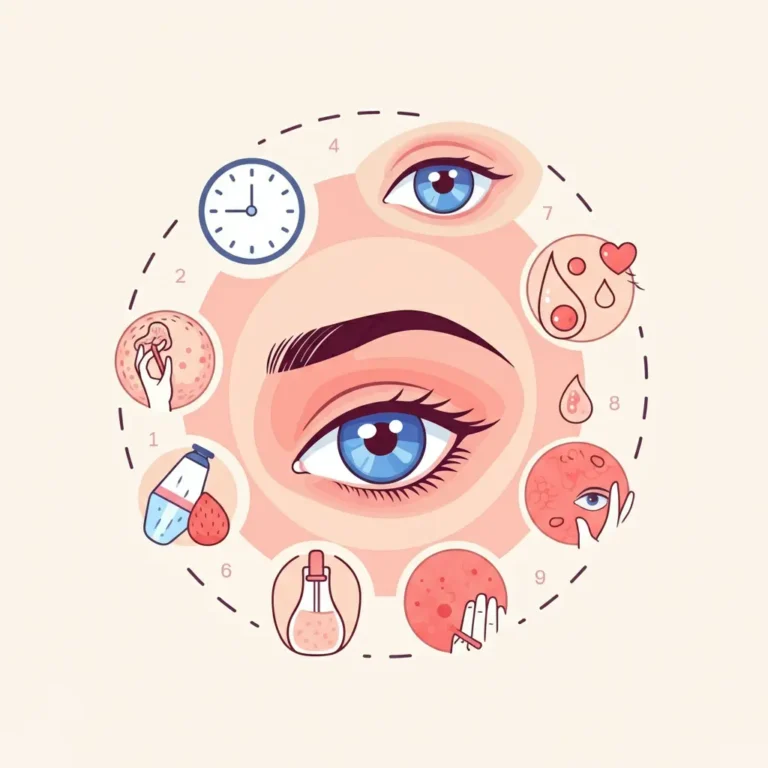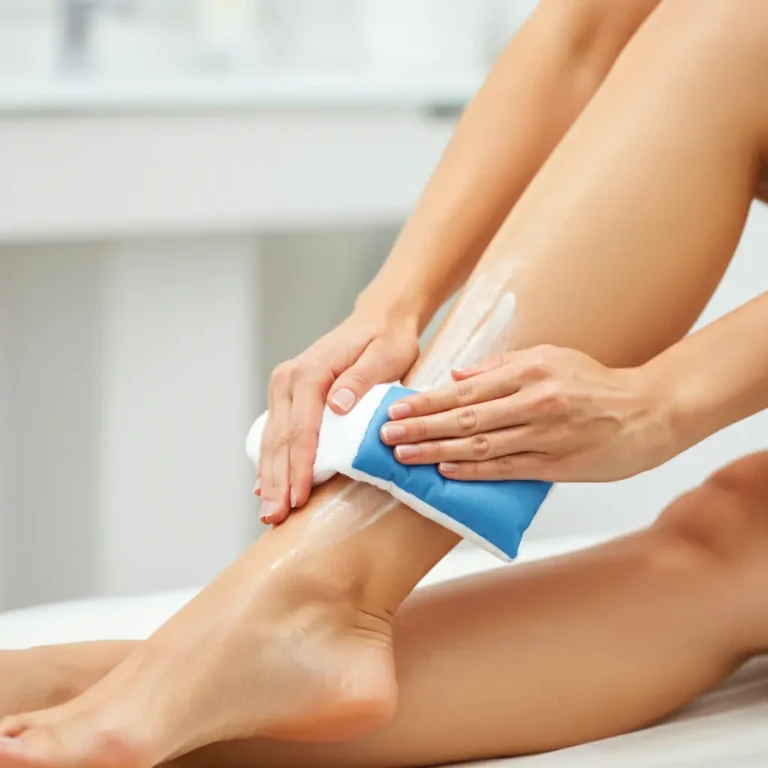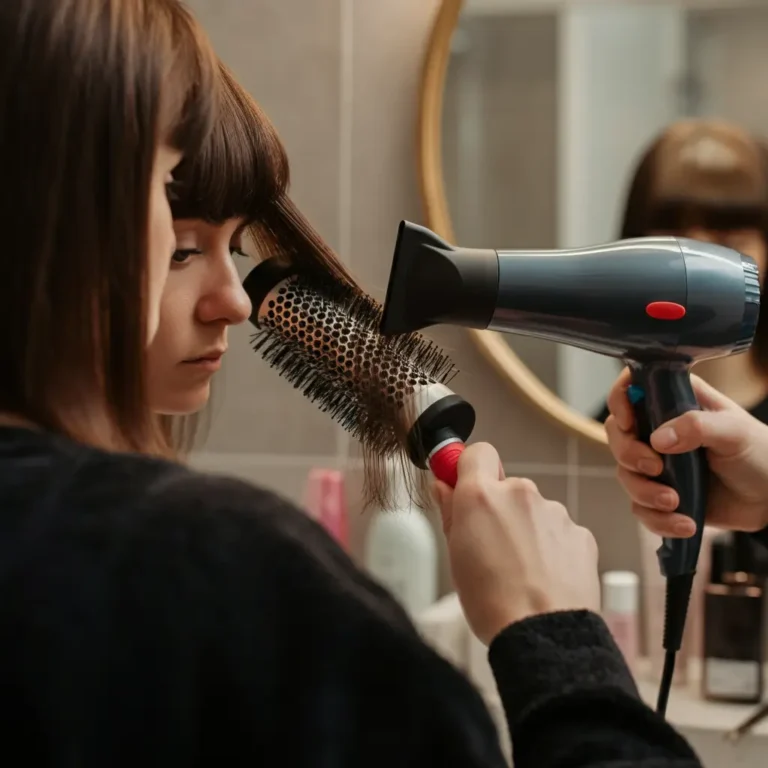How Long Does It Take To Get A Pedicure
Pedicures are more than just a beauty treatment. They are an act of self-care, relaxation, and a way to keep your feet looking and feeling their best. But if you’ve never had one before, you might be wondering, “How long does a it take?” or “How often should I go for one?” This guide dives into everything you need to know about pedicures, helping you understand the process, the time it takes, and how to maintain those perfectly pampered feet.
Table of Contents
What Is the Art of Pedicure?
This is a cosmetic beauty treatment for your feet and toenails. It typically involves cleaning, exfoliating, moisturizing, and shaping the nails, along with an optional application of polish. Beyond the aesthetic benefits, it promotes healthier feet by addressing dryness, damaged nails, or uncomfortable calluses.
Its originated centuries ago but have evolved into a luxurious experience that caters to both care and personal style. Whether simple or extravagant, pedicures are a go-to treatment for many seeking a blend of grooming and relaxation.
How Long Does a Pedicure Take?
The duration for this depends on the type of service you choose. On average, it can take anywhere from 30 minutes to 1.5 hours. Here’s a simple breakdown by type:
- Express Pedicure (30–40 minutes): A quick version focused on filing, buffing, and polishing application.
- Classic or Basic Pedicure (45–60 minutes): Includes soaking, exfoliating, nail shaping, and polish.
- Spa Pedicure (1–1.5 hours): Adds extra steps like foot masks, massages, or hot towel wraps for ultimate relaxation.
- Specialized Pedicures (1–2 hours): These focus on specific concerns, such as cracked heels or nail enhancements like gel or acrylic toenails.
Pro tip! To save time, many salons allow you to combine your manicure and pedicure appointments.
How Often Should You Get a Pedicure?
The frequency of it depends on your lifestyle, foot health, and personal preferences. A good rule of thumb is every 4–6 weeks.
- Keep your feet smooth and free from calluses.
- Help maintain healthy nails by preventing issues like fungal infections.
- Extend the life of nail polish and prevent chipping.
For individuals wearing open-toe shoes often or engaging in activities that stress the feet (like running), you may benefit from more frequent treatments every 2–4 weeks. On the other hand, if you rarely show off your feet, stretching pedicure to 6–8 weeks is perfectly fine.
Types of Pedicures You Can Choose From
Its come in a variety of styles to accommodate different needs and preferences. Here are a few common ones:
- Basic: The classic option for clean, healthy nails and feet.
- French: Features a natural pink base and crisp white tips.
- Gel: Uses long-lasting gel polish that’s cured under a UV light.
- Spa: A more luxurious treatment with exfoliation, masks, and extended massages.
- Medical: Targets foot health concerns, handled by professionals trained in podiatric care.
Steps in a Typical Pedicure Process
No matter the type of pedicure, the process generally follows a few key steps:
- Preparation: Your feet are soaked in warm water to soften the skin and nails.
- Exfoliation: Dead skin is buffed away, especially around the heels and soles.
- Cuticle and Nail Care: Cuticles are pushed back, nails are clipped or shaped, and the nail surface is smoothed.
- Massage: A relaxing foot and lower leg massage eases tension and improves circulation.
- Moisturizing: Lotion or oils are applied to nourish the skin.
- Polishing: If desired, nails are painted with your color of choice or finished with a clear coat.
Benefits of Getting a Pedicure Regularly
It’s not just about appearances; they offer several physical and mental benefits:
- Improves Foot Health: Removes dirt, dead skin, and bacteria that could lead to infections.
- Boosts Circulation: Massaging the feet promotes better blood flow and relieves tension.
- Relieves Stress: The pedicure chair alone, often equipped with massage features, feels like therapy.
- Prevents Nail Issues: Regular trimming, buffing, and cuticle care reduce the chances of ingrown nails or split ends.
What Factors Influence Pedicure Time?
Several elements can affect how long your pedicure takes:
- The treatment type (basic vs. spa).
- Whether polish is included (especially drying time for standard polish vs. quick-drying gel).
- The condition of your feet or nails (extra time may be needed for heavy calluses or extensive filing).
- The professionalism and experience of the technician.
Tips for Making the Most of Your Pedicure
Getting a pedicure should feel rewarding. Here are a few tips to enhance the experience:
- Communicate Preferences: Tell your technician how you’d like your nails shaped or specific services you need.
- Wear Open-Toe Shoes: Avoid smudging your polish by skipping socks and opting for sandals post-treatment.
- Stay Relaxed: Use the time to unwind or browse through a magazine.
- Pre-Book Appointments: Salons can be busy, so scheduling in advance guarantees the time slot you want.
At-Home Pedicure vs. Salon Pedicure
While salons provide a professional and relaxing touch, at-home pedicures are a great alternative for budget or time constraints.
- Salon Pros: Expert care, access to specialized tools, and luxury add-ons.
- At-Home Pros: Cost-effective, fully customizable, and perfect for quick touch-ups.
- At-Home Steps: Include soaking your feet, exfoliating, and applying lotion before trimming and painting nails.
The beauty of this process lies in how flexible they are. You can enjoy them as either a professional luxury or a personal at-home ritual.
FAQs
How often should you trim toenails during a pedicure?
Toenails should be trimmed every 4–6 weeks as part of a pedicure to maintain healthy growth and prevent ingrown nails.
Can I get a pedicure if I have sensitive feet?
Yes! Notify your technician about your sensitive areas, and they can adjust the pressure during exfoliation or massages.
How long does it take for nail polish to dry fully?
Standard nail polish can take 1–2 hours to harden completely, while gel polish dries instantly under a UV or LED lamp.
Are pedicures safe for everyone?
Most people can enjoy pedicures, but some with severe fungal infections, cuts, or diabetes should consult a doctor first.
Why does my polish chip so quickly?
Chips happen due to weak nails, exposure to water, or skipping a base and top coat. Strengthen your nails and ask for long-lasting formulas like gel polish.
Final Thoughts
It is more than a beauty fix—it’s a treat your feet deserve. Whether at a spa or home, it’s a simple way to keep them comfy and stylish. Show your feet some love!







